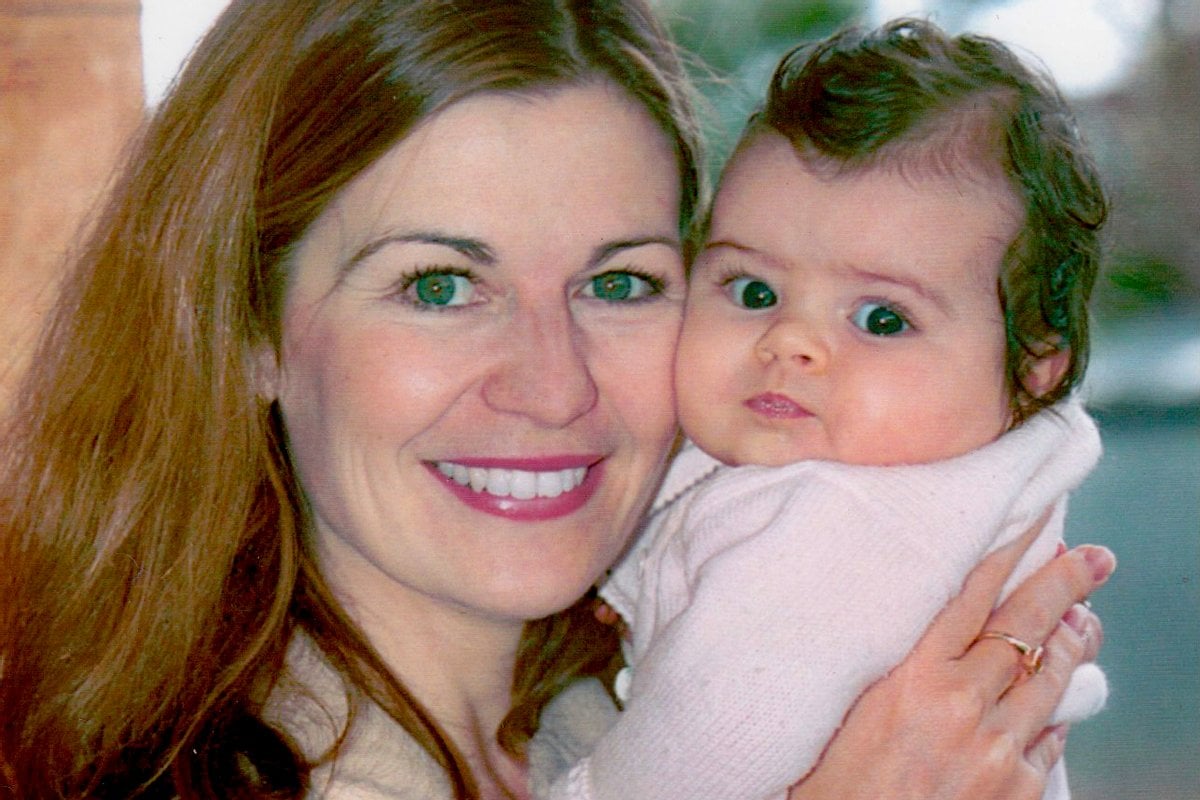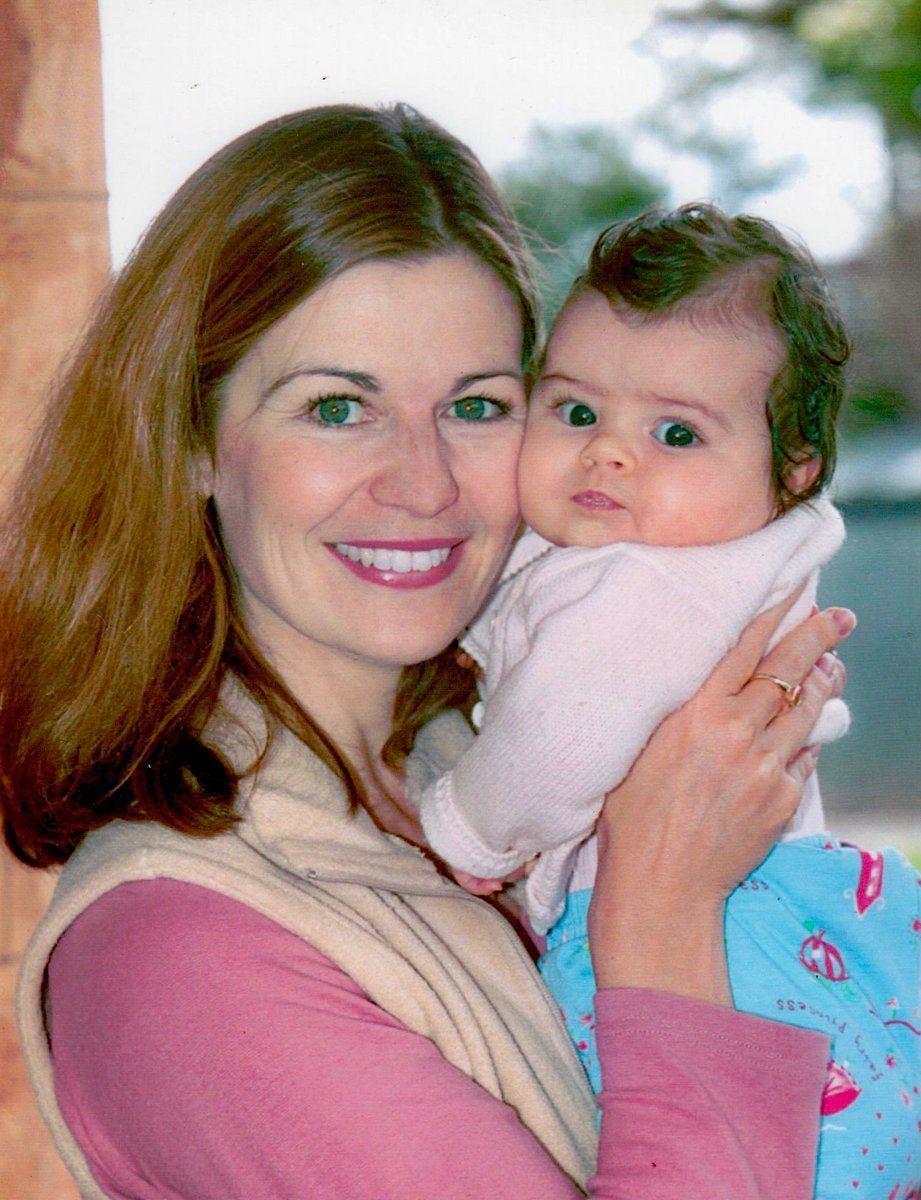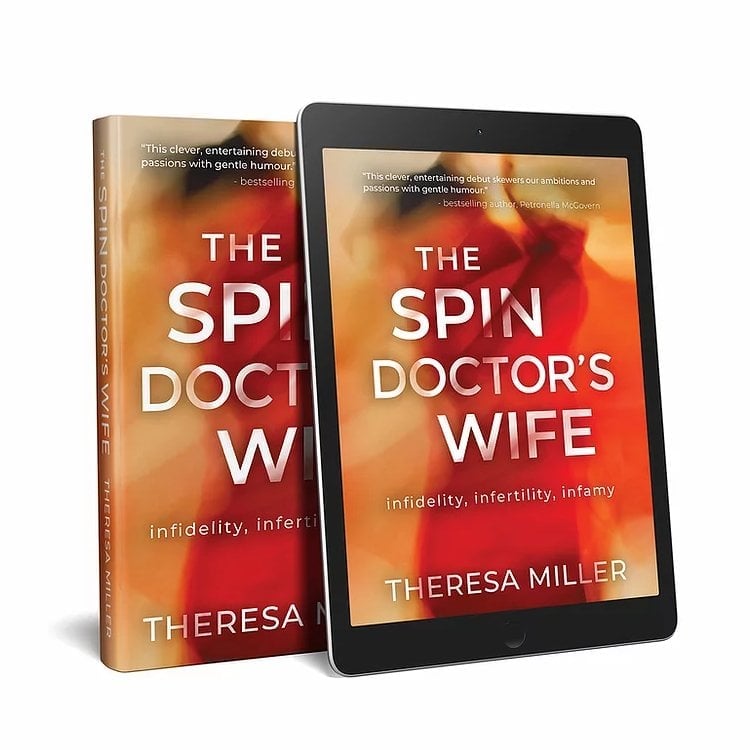
You know time is speeding up when your long-awaited for IVF baby turns 17, gets her first boyfriend and asks to go on the Pill. I was no more prepared for this question than I was for the one about the birds and the bees a decade ago.
Even that response has changed; school children are now taught that there are two ways to make a baby: the traditional way and the high-tech method.
Change is really the only constant we can depend on in life. And one of the greatest illustrations of this is in our attitudes toward making babies and what makes a family.
Watch: The 3-person baby explainer.
Just over fifty years ago I was conceived by a couple of teenagers in the back seat of a 1960s pink Ford Zephyr at the drive-in movies in Adelaide.
For my 19-year-old mother and 20-year-old father – who’d attended Catholic schools across the road from each other – how they even became parents was an unholy surprise!
That pregnancy prompted what people used to call a ‘shot-gun wedding’. Back then, terminations for single Catholic girls were not an option. The only choice was to adopt me out. My parents agreed to a quickly arranged wedding.



